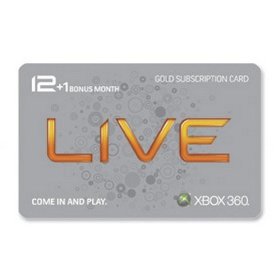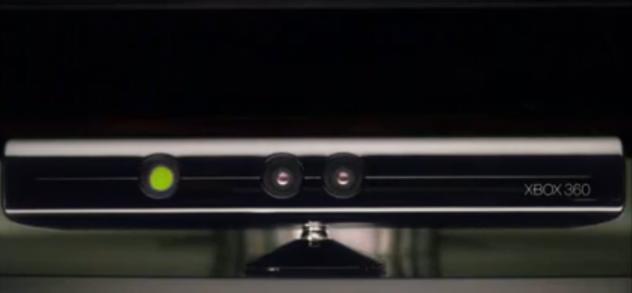You don’t tug on Superman’s cape…
You don’t spit into the wind…
You don’t pull the mask off that old Lone Ranger…
And you don’t use clever workarounds or hacks to do things with Apple products which Apple doesn’t want you to do, because Apple will surely release an update which defeats your clever workaround or hack.
–Jim Croce’s “You Don’t Mess Around With Jim” (minor revision by Harry)
 Among the many interesting features of Palm’s almost-here Pre smartphone is Media Sync, which lets it sync with iTunes on a Windows PC or Mac as if it were an iPod or iPhone. Daring Fireball’s John Gruber and Jon Lech Johsnsen (the uberhacker who reverse-engineered DVD encryption and Apple FairPlay DRM) have been blogging about the new feature. I’m intrigued by their take, and puzzled (so far) by what Palm is up to here.
Among the many interesting features of Palm’s almost-here Pre smartphone is Media Sync, which lets it sync with iTunes on a Windows PC or Mac as if it were an iPod or iPhone. Daring Fireball’s John Gruber and Jon Lech Johsnsen (the uberhacker who reverse-engineered DVD encryption and Apple FairPlay DRM) have been blogging about the new feature. I’m intrigued by their take, and puzzled (so far) by what Palm is up to here.
I think that both John and Jon’s analysis is based on this video from last week’s D conference, in which Palm’s Jon Rubenstein shows the iTunes synching feature. e specifies that it involves no additional software, and the synching is clearly happening within iTunes, which refers to the Pre as an iPod. Jon (Lech Johansen, not Rubenstein) says that the Pre must be essentially pretending to be some specific iPod model and thereby tricking iTunes into doing the sync, and John agrees, saying it “can’t be legit.”
This analysis is all well-informed and sensible. It’s possible, of course, that it’s wrong–maybe Rubenstein mispoke when he said no additional softwaere was involved, for instance. But for the moment, the Gruber/Johansen take on this is at the very least the most likely scenario.
And if it’s indeed what’s going on, it’s tough to figure out what’s going on in Palm’s head. Reasonable people can debate about whether there’s anything underhanded about one company’s device masquerading as another company’s device to gain access to the second company’s software. Reasonable people can debate about whether Apple has any moral responsibility to permit third-party hardware manufacturers to sync their devices with iTunes. But it’s all moot: If Apple doesn’t like the Pre’s approach to iTunes synching, and there’s a technical way for it to stop it, it will, in an upcoming iTunes update. History pretty much proves that. And considering that, it seems pointlessly risky for Palm to do what John and Jon think it’s done: There’s a high chance that anyone who buys a Pre because of this feature will end up disappointed when Apple circumvents it.
(Wild card: Maybe Palm is positive there’s no technical way for Apple to respond to what it’s done. I’m not a USB engineer, but this scenario seems unlikely.)
The odd thing is, it’s possible to write software that peeks int iTunes’ music library and syncs songs back and forth in a way that works quite well: When I owned a Windows Mobile phone, I used The Missing Sync to sync it with iTunes. But such techniques involve the installation of software on a computer, and it’s not iTunes that’s doing the synching. You’re synching with iTunes, not via iTunes. If Palm did this, there’d be no controversy and little chance of Apple striking back, and the Pre would have a neat and useful feature.
Based on the D demo, though, whatever the Pre is doing, it’s something other than that. It’ll be fascinating to get more details once the phone comes out on Saturday, and to see how Apple responds.

 Calm before the E3 storm…
Calm before the E3 storm… If
If  Microsoft wasn’t shy about its intentions during today’s E3 press event: It’s trying to branch out beyond the typical gamer set.
Microsoft wasn’t shy about its intentions during today’s E3 press event: It’s trying to branch out beyond the typical gamer set.  Kudo Tsunoda took a shot at the Wii when introducing Microsoft’s answer to motion control today.
Kudo Tsunoda took a shot at the Wii when introducing Microsoft’s answer to motion control today.
 Many had hoped that Apple’s
Many had hoped that Apple’s  Toshiba has been just about the only significant PC manufacturer who hasn’t jumped on the netbook bandwagon in the U.S. market. Until today, that is–the company is announcing the Mini NB205, its first small, low-cost laptop. (Toshiba prefers to call these mini notebooks, not netbooks; I don’t know if the
Toshiba has been just about the only significant PC manufacturer who hasn’t jumped on the netbook bandwagon in the U.S. market. Until today, that is–the company is announcing the Mini NB205, its first small, low-cost laptop. (Toshiba prefers to call these mini notebooks, not netbooks; I don’t know if the